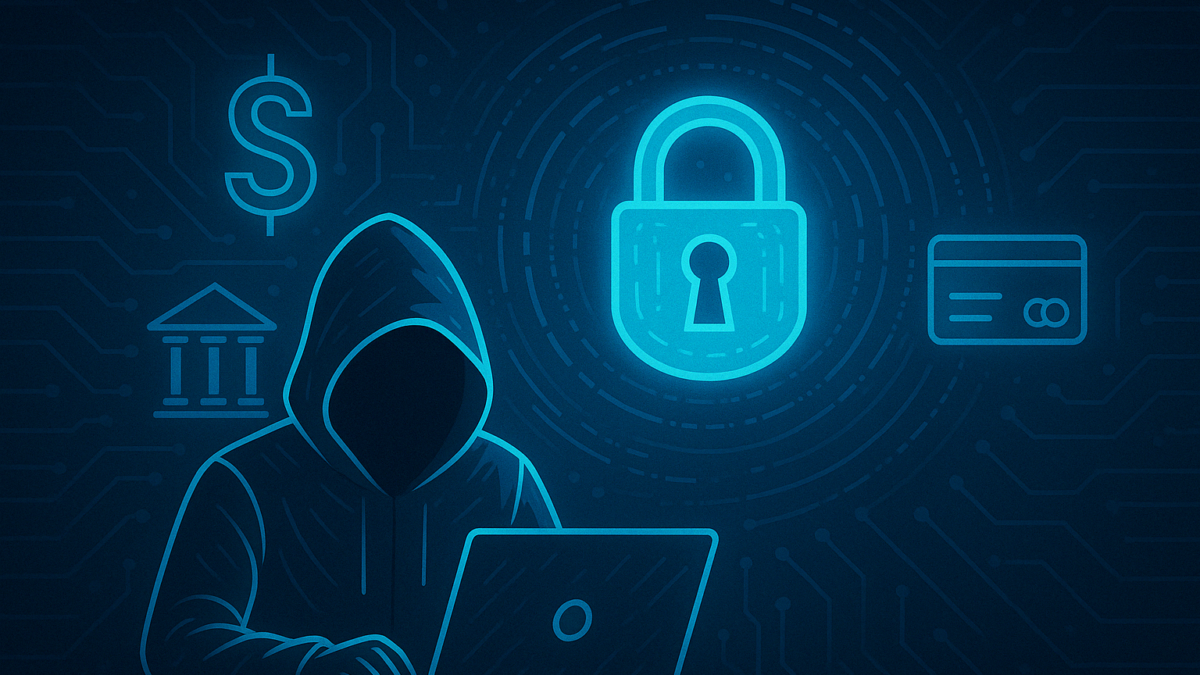Cybersecurity in Fintech: Protecting User Data in the Digital Age
Table of Contents
Introduction
As financial services shift to digital-first models, cybersecurity in fintech has never been more crucial. From mobile wallets and AI-driven investment platforms to crypto exchanges and neobanks, fintech platforms manage an enormous amount of sensitive personal and financial data.
With great convenience comes great risk. A single data breach can lead to millions in losses, legal action, and irreversible reputational damage. This blog dives deep into the importance of cybersecurity in fintech, current threats, and how leading platforms are staying ahead in 2025.
Why Cybersecurity Matters in Fintech
Fintech operates at the intersection of technology and finance, two industries that are prime targets for cybercriminals. Here’s why cybersecurity is critical:
- Sensitive Data Handling: Fintech firms handle bank account info, personal IDs, transaction histories, and more.
- Cloud-First Operations: Most operate on cloud infrastructure—agile, but vulnerable if not configured properly.
- Regulatory Compliance: Laws like GDPR, PSD2, and local data regulations mandate strong protection.
- Reputation Risk: One breach can erode user trust beyond repair.
Key Cyber Threats to Fintech Platforms
- Phishing & Social Engineering
Hackers mimic official communications to trick users into revealing login details. - DDoS (Distributed Denial of Service) Attacks
Attackers overwhelm fintech servers, causing outages and exposing vulnerabilities. - API Vulnerabilities
Fintech relies heavily on APIs for open banking. Poorly secured APIs can leak data. - Mobile App Exploits
Apps may be reverse-engineered or injected with malware if not securely coded. - Insider Threats
Employees or partners may misuse access, either maliciously or unknowingly.
Cybersecurity Best Practices for Fintech in 2025
- End-to-End Encryption: All sensitive data, whether in transit or at rest, must be encrypted using AES-256 or stronger protocols. This prevents data leaks even if intercepted.
- Multi-Factor Authentication (MFA): MFA adds a second (or third) layer of verification, drastically reducing the risk of unauthorized access—even if passwords are compromised.
- Real-Time Threat Monitoring: Using AI-powered tools, fintech platforms can now monitor for anomalies and flag suspicious activity before it causes harm.
- Zero Trust Architecture: A “trust no one” approach ensures every device, user, and application must be continuously verified—even if inside the network.
- Secure DevOps (DevSecOps): Security is now baked into the development process. Frequent code scans and security testing (e.g., penetration testing) are standard practice.
Compliance & Regulatory Considerations
Fintech companies must meet strict cybersecurity compliance requirements:
- GDPR (EU) – Data privacy and user consent
- PCI-DSS – For payment card security
- SOC 2 Type II – For service organization controls
- ISO 27001 – International standard for information security
Non-compliance can lead to fines, suspension of operations, or worse—loss of user trust.
Read Also: Microsoft Hacked? Analyzing the Latest Cybersecurity Breach
How Leading Fintech Companies Stay Ahead
- Example: Revolut
Revolut uses continuous monitoring, biometric authentication, and machine learning to detect and block fraud in real-time. - Example: Robinhood
Robinhood encrypts all personal data using TLS and stores it in secure, access-controlled environments. Regular audits are also conducted. - Example: Coinbase
Coinbase keeps 98% of crypto funds in offline cold storage and insures online holdings against theft.
Tips for Users to Protect Their Data
While fintech companies are doing their part, users must also practice good cyber hygiene:
- Use unique, complex passwords
- Enable two-factor authentication
- Avoid clicking on suspicious links or emails
- Regularly update apps and OS
- Only download fintech apps from official sources
The Future of Cybersecurity in Fintech
In 2025 and beyond, expect more advanced AI, biometric identity verification, and quantum-resistant encryption to shape the cybersecurity landscape.
Also, collaborative threat intelligence—where companies share data about threats—will become more common, creating a unified front against cybercrime.
Final Thoughts
Cybersecurity is no longer just an IT concern—it’s a core business function. For fintech platforms, ensuring the safety of user data is not just about compliance—it’s about building trust in a hyper-digital age.
Stay Informed. Stay Secure.
At iTMunch, we track the evolving landscape of cybersecurity in fintech. Subscribe for regular insights, tech reviews, and actionable strategies to stay ahead of digital threats.
👉 Explore more in our Fintech Reviews section.





